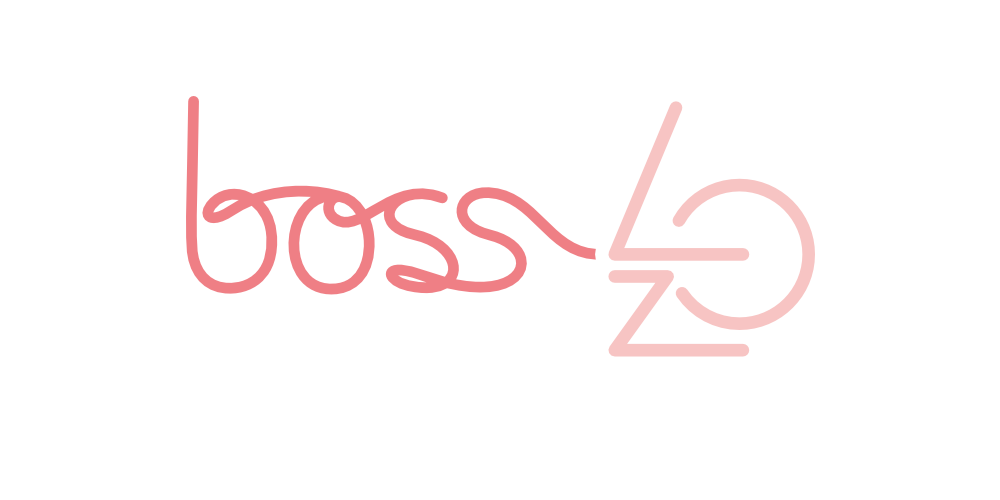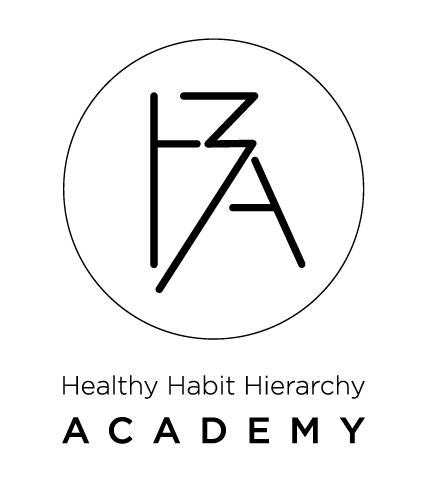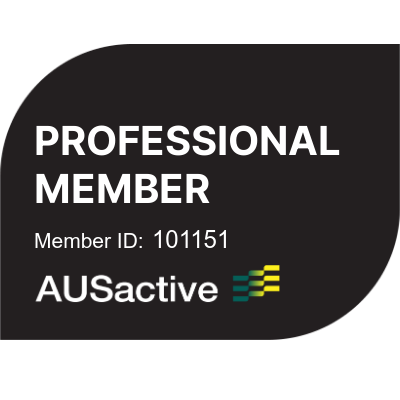We all know that it’s super important to get enough exercise, not just for the immediate benefits, (such as feeling fitter or being less puffed walking upstairs), but to help prepare yourself for the future. So, what can we do right now to ensure a healthy and mobile future?
Often, when people think about exercise and movement, they automatically think it’s all about lifting heavy weights and going to the gym, but there are plenty of other ways you can get exercise and movement into your daily life without having to go nuts at the gym and risk an injury.
There are different types of exercise that we need to do for different parts of our body including:
- Cardiovascular exercise to increase your heart rate.
- Strength training, which includes resistance training, bodyweight training or anything where you’re adding weight or using your own body weight in order to moderate strength.
- Power training which is made up of ‘explosive’ types of movements like sprinting.
- Endurance, where you can build up to doing things for a long period of time without getting tired.
- Mobility, flexibility and balance, which can be improved through Pilates, yoga or by including small, incidental exercises into your daily life.
Balancing act:
Balance is a really important one that most people don’t consider, but the thing is, as we get older, if our balance is terrible, we’re at a higher risk of falling. And that’s actually a big issue, because as you age, the bones in the pelvis can become very fragile and break easily.
If you have concerns about your bone density, particularly as you get older, it’s a good idea to focus on using other mechanisms to support the tissues around the area. So, if you do fall, the impact would cause less injury, which means creating more muscle around your hips to give you a bit of a buffer.
We also need to work on the ligaments and the tendons to make sure we’ve got flexibility in there, making sure that they’re both even, and that if we put more weight on one side, we’re not going to tumble over or lose our balance and potentially get injured.
So, you can see that incorporating these daily exercises into your routine can help with injury prevention in the future. And, as I said earlier, you don’t have to go to the gym to achieve this. A good example of some simple ways to incorporate balance exercise could include:
- Practising standing on one leg while you’re making a cup of tea.
- If you sit at a desk, consider getting a balance board to replace your desk chair.
- Make sure you’re getting up from your desk regularly and moving around.
- Consider getting a stand-up desk. This allows you to stand up while you work, and you can then incorporate incidental exercise like standing on one leg to improve your balance.
- Sitting is something that we do a lot. We need to train ourselves to sit properly, so that we’re not shortening our muscles or developing poor posture by staying in a static seated position all day.
Avoid a Christmas injury:
It sounds strange, but a lot of people tend to injure themselves at Christmas because they’re doing a range of movements that they don’t normally do during the year. Think about your shoulders as an example of your typical range of movement.
We mostly have a fairly limited range of movement in daily life, so then comes Christmas when we’re suddenly climbing ladders, putting up decorations and lights, moving stuff around and all of a sudden, you’re pulled something because you’re doing a lot of movement that’s outside your normal parameters.
There are so many little things you can do to improve the flexibility and strength of your shoulders like using resistance bands or doing some simple strengthening exercises that don’t require a trip to the gym.
Here are a few top tips:
- Do some leg stretches or stand up on your tiptoes while you’re brushing your teeth.
- Keep some resistance bands, small dumbbells or leg weights handy and get into the habit of using them while you’re listening to music or watching TV.
- Add breathing and mindfulness exercises to your daily drive to work. Or just get into the habit of clenching your bum or stomach muscles each time you stop at the lights.







